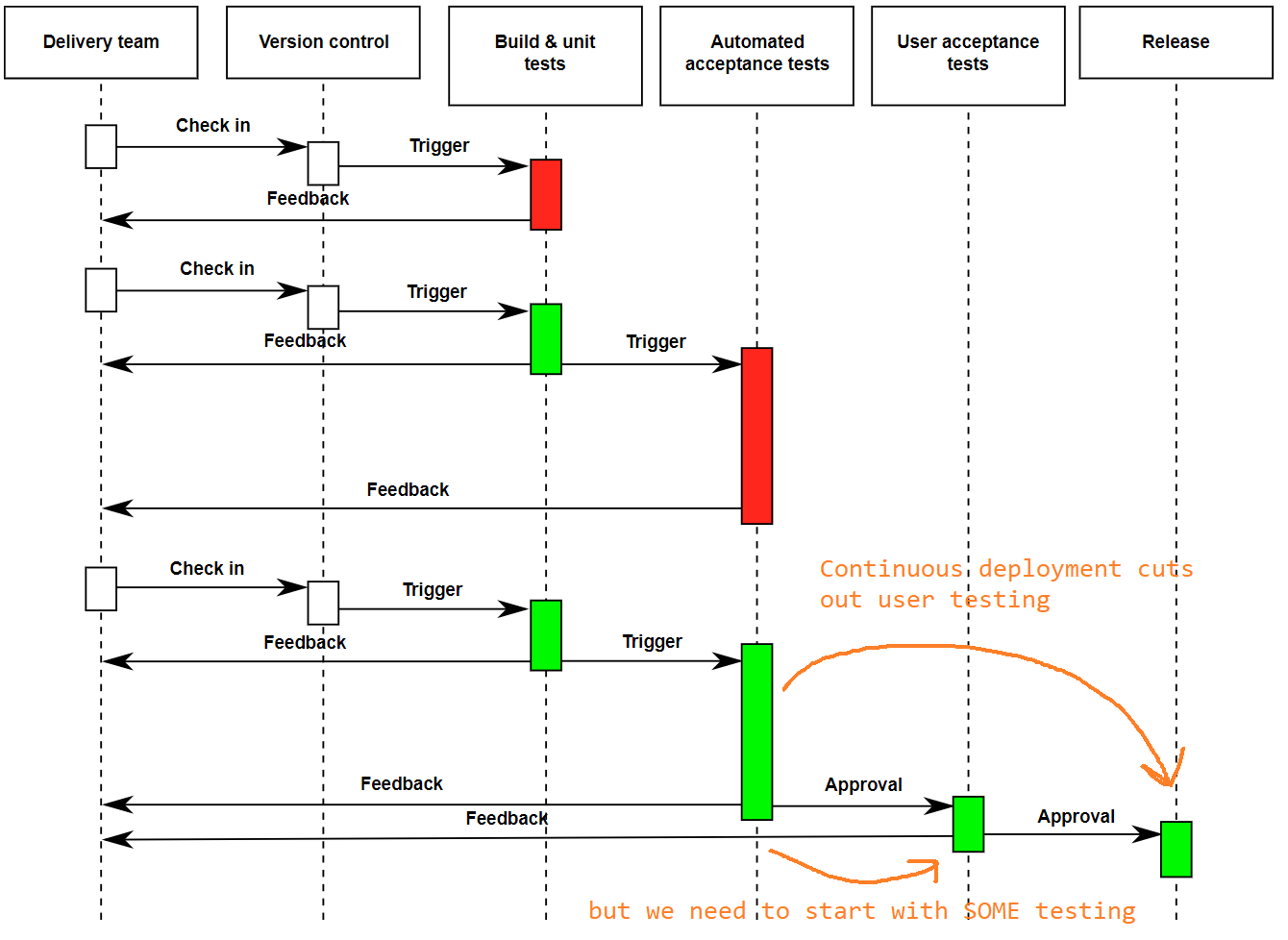I’ve deployed about 80 system changes this year (both configuration and development), and I’d like to move faster. I want to implement automated testing with the eventual goal of implementing continuous deployment. I need an automated means of signing off on system changes, for both IFS-supplied deliveries and our in-house developed code.
A true end-to-end test would require us to drive simulations from the Enterprise Explorer GUI, then validate the system outputs. Has anyone done this?
(We’re on Apps 9 UPD 13.)

Best answer by haetse
View original





